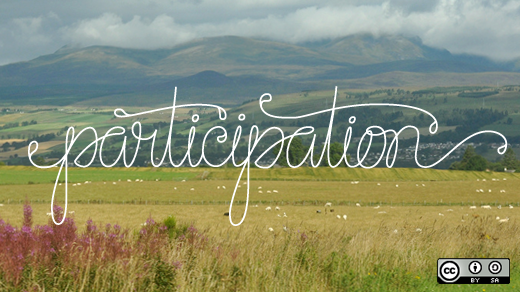The open source market landscape is growing by leaps and bounds, and it's at a time like this that it's important for Zimbra, a provider of collaboration software, to reinvigorate its open source roots. Here's how we plan to encourage increased participation in community open source projects in 2015.
The open source market landscape
Open source is a great engine for change and innovation, and it drives tremendous investment in various projects, especially cloud-related.
As an industry, we are still battling the misperception among business users that open source is only for developers and hackers. In a pure open source model, the community is driven by transparency and it alone is accountable for product security and viability, with little to no financial incentives. Whereas in a proprietary model, a software vendor has financially motivated accountability but transparency is lacking to deter moral hazard.
A third model exists: commercial open source, "the best of both worlds." This model provides a risk-reduced blend of incentive-based vendor accountability and community-driven transparency. Commercial open source is elevating the status, security and continuity of many open source projects, creating viable alternatives to proprietary software. A recent survey from the Ponemon Institute and Zimbra found that respondents consider commercial open source more secure and better for privacy than proprietary software, while also providing greater control, flexibility and continuity. However, despite the benefits, adoption of open source was limited. This shows us that, as a community, we need to continue to educate and emphasize the value of commercial open source software within our respective industries.
Core aspects of open source
Customers are always the first priority demanding both problem solving innovation and transparency. The way it works is that as a project owner we submit core innovation that ignites the imagination and energy of an open community to contribute to its growth. This then launches the cyclical process of innovation between Zimbra and the community. The transparency afforded by the open project encourages innovation and improves code quality, which ultimately betters security and privacy. The open source community can act as a force multiplier and forcing mechanism. As a force multiplier, it brings to bear a considerably larger developer base than a single company can muster alone. As a forcing mechanism, the open source community holds the vendor and community members accountable, which makes transparency crucial to the survival of an open source project.
On a related note, security and privacy are also drivers for open source. Transparency provides organizations and users with a mechanism to verify specific details about a product, ensuring there are no hidden components or backdoors. Verification also allows organizations to test patch effectiveness and audit against software development best practices.
Collaboration changing in the enterprise
The technology we use every day is driving change in collaboration and how we work in general. Mobile and cloud computing have shifted purchase control from the IT team to the business owners. Similar to historic technology shifts, like the move from mainframes to NT servers and then desktops to laptops, the current transition is from IT controlled and issued computers to BYOD backed by cloud applications and storage.
User experience and the consumerization of IT has taken center stage, with users demanding tools for work that match the usability and experience of the applications they use in their personal lives. The goal is simple: to be more productive, secure and compliant yet in a manner that fits with how people want to live and work. This forces vendors to deliver on an exceptional consumer experience while also enabling IT to ensure data privacy, security and compliance.
IT organizations that try to impede, regulate or oppose the inevitable will be replaced. Those that facilitate and provide the appropriate controls will survive.
Encourage, inspire, and support participation in the open source community
Zimbra is investing heavily in the open source community from a relationship and support standpoint. And, coming changes to the core product will make it easier for developers to contribute to the Zimbra project.
Examples include:
A Zimbra.org site is being established as a way to reinvigorate relationships with the developer community around the Zimbra project.
We changed and will continue to evaluate our open source licensing for the open source core of Zimbra Collaboration to better promote innovation and encourage contributions.
We reintroduced an open source desktop client, Zimbra Desktop, which was shelved when Zimbra was a business unit under VMware.
With each major software release, we are evaluating additional Zimbra capabilities for contribution to the community that will add functionality, flexibility or interoperability. For example, we are currently evaluating the opportunity to open source Zimbra Sync and Share.
As good stewards of the open source community, we will also contribute to other open source projects and leverage these projects where we can.
Last but not least, the executive management team at Zimbra is committed to open source. Senior leadership in product management and product development are constantly looking at ways in which we can deliver innovation with the support of the open source community.






9 Comments